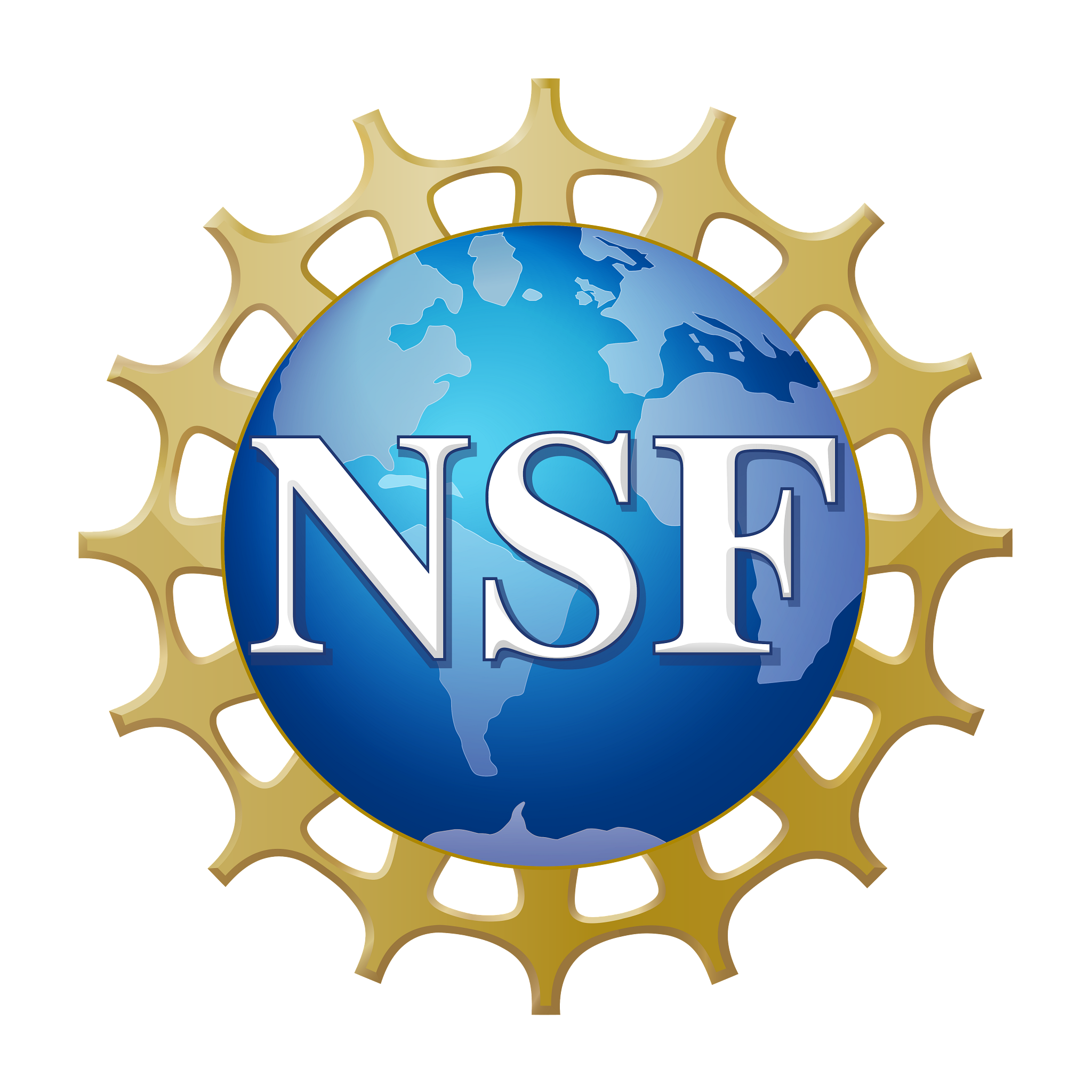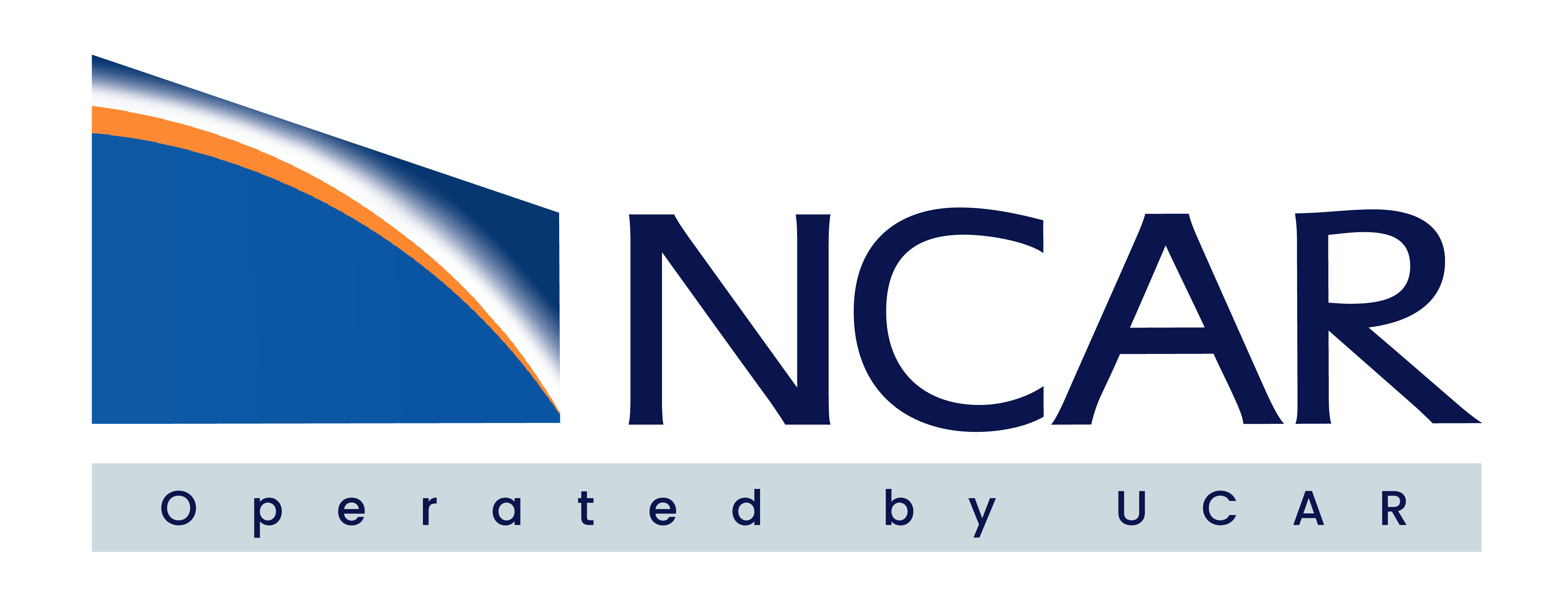-
When asteroids strike
A team of scientists is tackling a scenario that is the stuff of Hollywood thrillers: What happens if a medium-sized asteroid strikes Earth? In particular, what if it crashes into the ocean? The question is not fanciful.
- Air Quality
-
Data served here
From its inception, NCAR provided a wide range of research-oriented computing and observing facilities. The initial focus was on centralized capabilities: networking was virtually nonexistent, and the huge cost of computers constrained university use.
-
The Nineteen Nineties
Scientists in the UCAR community found themselves on the front lines of the cyber revolution that stormed the world in the 1990s. Many UCAR universities were early adopters of the World Wide Web, a technology well suited to a science that thrives on distributed data and collaboration.
-
Unmasking a meteorological villain
Intrigued by an atmospheric mystery bringing down aircraft, a small group of scientists at NCAR embarked on a series of field studies from the late 1970s through the 1980s.
-
Ozone and the lack of it
Rarely before the 1980s did a scientific issue jump from the corridors of research to the halls of international diplomacy in less than a decade. Such was the case when a profound threat to the Antarctic’s protective layer of stratospheric ozone became apparent.

